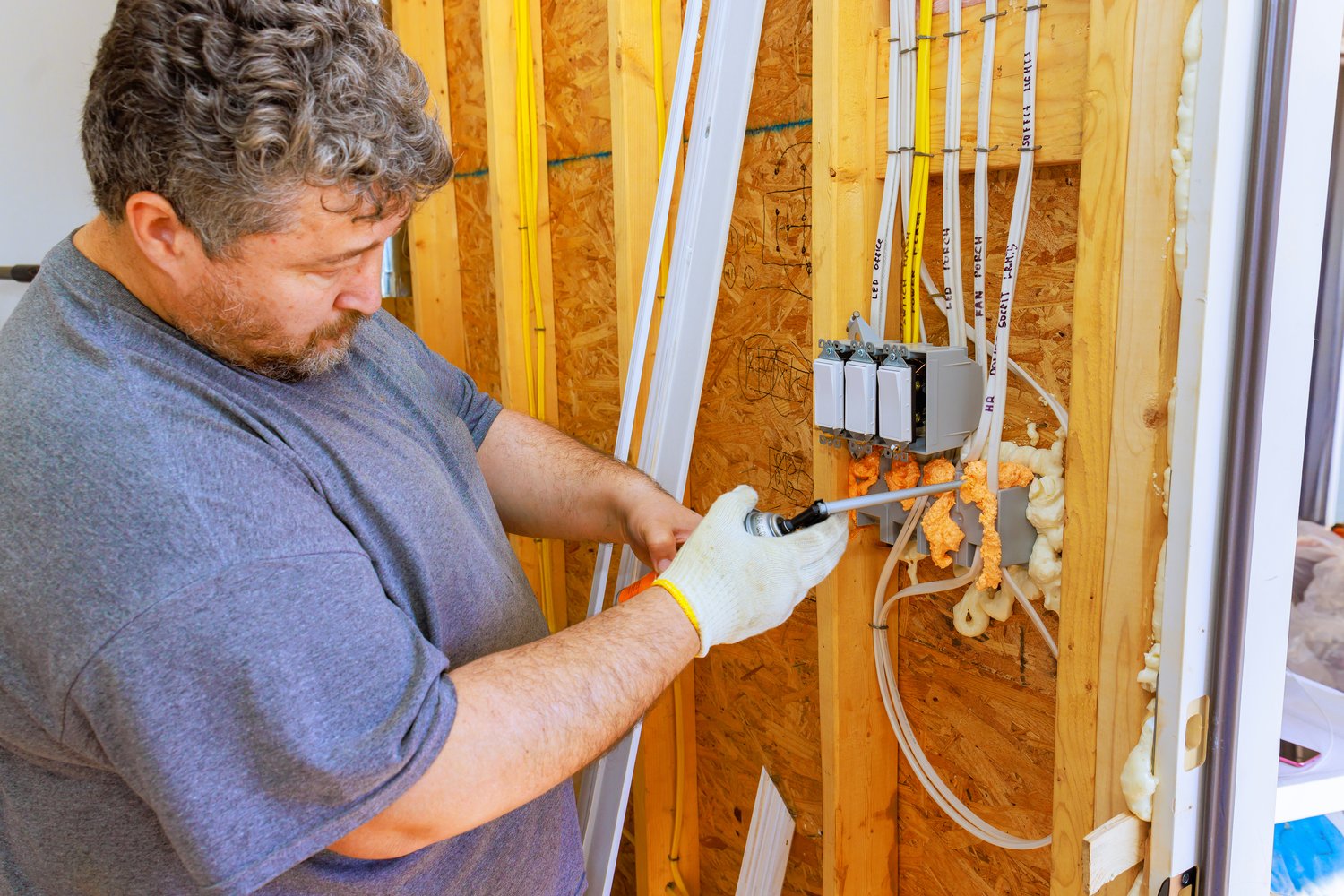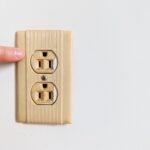Imagine a world where your kitchen’s electrical system remains impervious to ground faults, safeguarding both appliances and people. This level of protection is what GFCI circuit breakers bring to electrical systems, offering a comprehensive shield against electrical hazards. As a key element in both residential and commercial settings, understanding how to correctly install these breakers is not just beneficial—it’s crucial for anyone looking to enhance the safety and reliability of their electrical framework.
- Explore the intricacies of GFCI circuit breakers and their vital role in preventing electrical hazards through effective whole circuit protection.
- Gain insight into the components of a GFCI circuit breaker, understanding each part’s function in fortifying electrical wiring systems.
- Discover best practices for installing GFCI circuit breakers, ensuring they provide optimal protection and performance in various settings.
By the end of this article, you’ll be equipped with the knowledge to implement GFCI circuit breakers effectively, empowering you to enhance the safety and efficiency of your electrical systems, whether in a bustling restaurant or the comfort of your home.
Understanding GFCI Circuit Breaker Installation: Whole Circuit Protection Methods
Ground Fault Circuit Interrupter (GFCI) circuit breakers play a pivotal role in safeguarding electrical systems from dangerous ground faults. Their installation provides whole circuit protection, significantly enhancing safety in both residential and commercial environments.
GFCI circuit breakers are designed to automatically cut off electrical power when they detect an imbalance in the electric current, typically caused by a fault. This rapid response minimizes the risk of electric shock, reducing potential hazards to individuals and property.
Employing these protective devices as part of whole circuit protection methods is essential. This comprehensive approach ensures that every outlet, lighting fixture, and appliance within the circuit is shielded against ground faults.
Moreover, this method of protection aligns with the latest electrical safety codes and regulations, making it crucial for those seeking to optimize safety standards in their installations.
Components and Functionality in a GFCI Circuit Breaker
The functionality of a GFCI circuit breaker is supported by several key components working in unison to detect and respond to electrical discrepancies. The first component is the sensor, which continuously monitors the current flow through the circuit. If it senses any imbalance, typically above 5 milliamps, it triggers the breaker to cut off the power.
An integrated test button is another vital component. It allows homeowners and technicians to verify the operation of the GFCI by simulating a fault condition. Regular testing ensures that the breaker remains responsive and reliable.
Additionally, the main breaker mechanism itself is built to swiftly disengage the electrical contact points, stopping the flow of electricity to prevent any potential electric shock or fire hazard.
Understanding these components and their specific functions empowers technicians and DIY enthusiasts alike to effectively incorporate GFCI circuit breakers into their electrical systems. This knowledge can greatly contribute to maintaining high safety standards and optimizing system reliability.
Best Practices for GFCI Circuit Breaker Installation: Whole Circuit Protection Methods
When it comes to safeguarding electrical systems, installing GFCI circuit breakers is a critical step in fortifying your infrastructure against ground faults. Whether dealing with residential homes or commercial properties, understanding the best practices for GFCI breaker installation is essential for ensuring both safety and reliability.
First and foremost, selecting the right amperage rating for your GFCI breaker is crucial. It should match the wiring system’s current to prevent circuit overloads and increase efficiency. A mismatch between amperage and system requirements can compromise safety.
Proper panel placement is another key consideration. Install the GFCI circuit breaker in a location that is easily accessible for regular testing and maintenance. This ensures that system checks can be performed regularly without hassle, maintaining optimal protection levels throughout the system’s lifecycle.
Wiring connections are the foundation of an effective installation. Always follow the manufacturer’s instructions and local electrical codes to ensure durability and compliance. Using high-quality connectors and ensuring that all connections are tightly secured will enhance performance.
Regular testing of GFCI circuit breakers is recommended to maintain their functionality. It is advisable to test the breaker at least once a month to ensure that it can quickly react in case of a ground fault. This helps in early detection of wear and tear that might affect the breaker’s responsiveness.
Employing surge protection devices in conjunction with GFCI breakers further bolsters your provisioning system against unexpected spikes in power. This complementary technology aids in reducing the likelihood of downtime or damage to sensitive equipment.
By integrating these practices into your GFCI circuit breaker installation, you significantly mitigate the risk of electrical hazards. Not only do these steps enhance operational safety, but they also contribute to energy efficiency by maintaining optimal circuitry condition.
Frequently Asked Questions about GFCI Circuit Breaker Installation
What is a GFCI circuit breaker?
A GFCI (Ground Fault Circuit Interrupter) circuit breaker protects electrical circuits by shutting off power when it detects ground faults, preventing electrical shock.
Why is whole circuit protection important?
Whole circuit protection ensures consistent safety across all outlets in a circuit, reducing the risk of electrical hazards in an entire area.
Can I install a GFCI circuit breaker myself?
It’s recommended to hire a qualified electrician to ensure proper installation and compliance with safety standards.
How does a GFCI circuit breaker differ from a standard breaker?
A GFCI breaker provides additional ground fault protection, while a standard breaker only guards against overloads and short circuits.
Where should GFCI circuit breakers be installed?
GFCI circuit breakers are ideal for areas with moisture risk, such as kitchens, bathrooms, and outdoor circuits.
What are the signs of a faulty GFCI circuit breaker?
Frequent tripping without a clear cause and inability to reset are common indicators of a faulty breaker.





